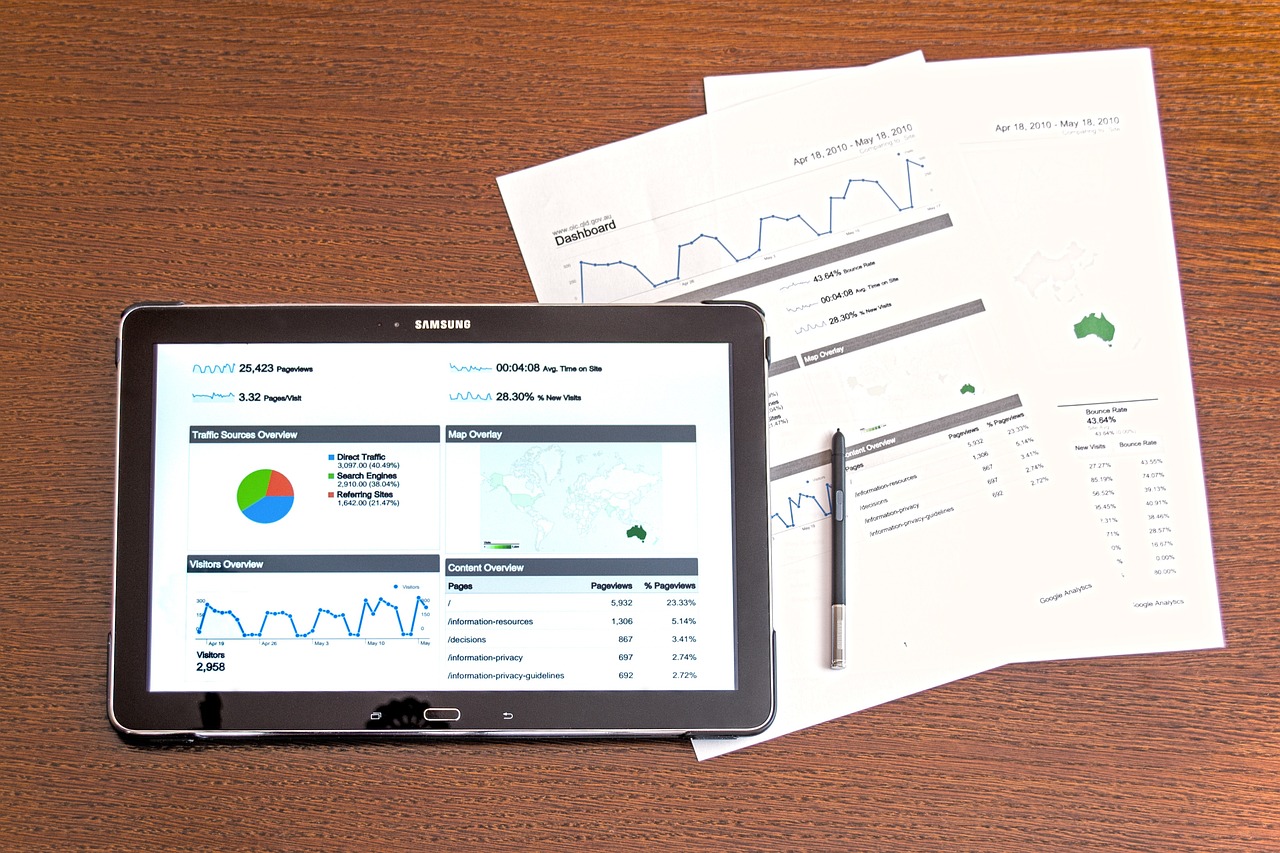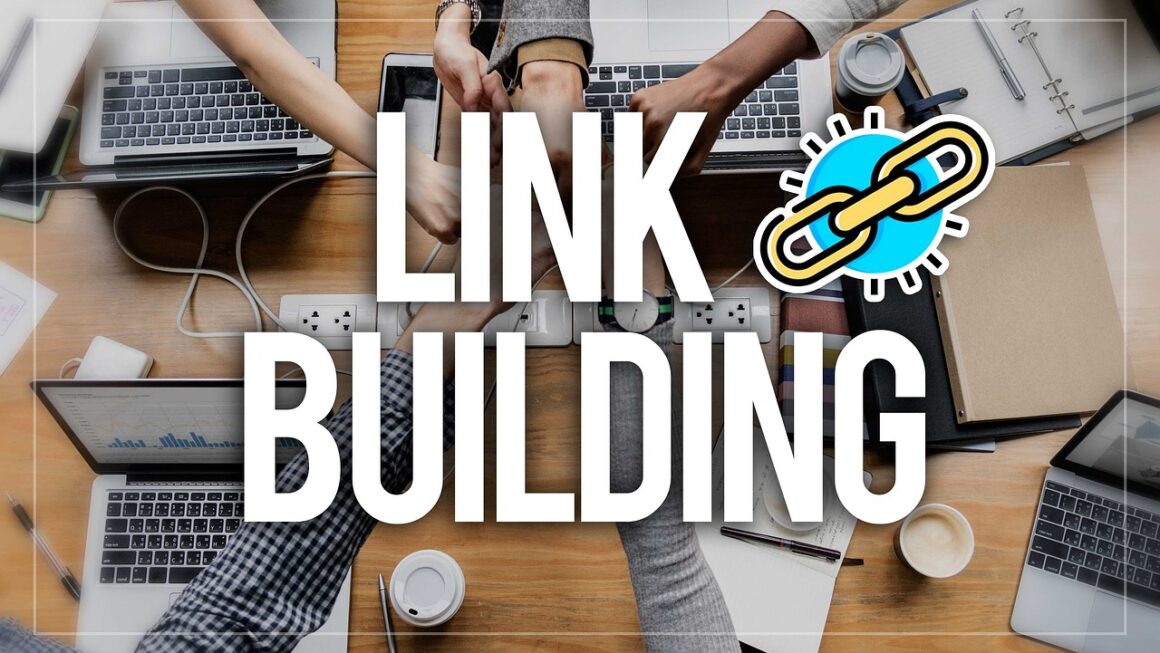Imagine a marketing landscape where tedious, repetitive tasks vanish, freeing up your team to focus on creative strategy and building meaningful customer relationships. This isn’t a futuristic fantasy – it’s the reality powered by AI marketing automation. By leveraging the power of artificial intelligence, businesses can streamline their marketing processes, personalize customer experiences, and drive unparalleled results. This post will explore the intricacies of AI marketing automation, revealing how you can harness its potential to transform your marketing strategy.
Understanding AI Marketing Automation
What is AI Marketing Automation?
AI marketing automation is the use of artificial intelligence technologies to automate and optimize marketing processes. Unlike traditional automation that relies on pre-set rules, AI leverages machine learning algorithms to analyze data, predict outcomes, and adapt strategies in real-time. This allows for more personalized, efficient, and effective marketing campaigns.
- Traditional Automation: Rules-based, repetitive tasks (e.g., sending welcome emails).
- AI Automation: Data-driven, adaptive tasks (e.g., predicting customer churn and offering proactive solutions).
Key Differences from Traditional Marketing Automation
While traditional marketing automation has been around for years, AI-powered automation offers significant advantages:
- Personalization at Scale: AI can analyze vast amounts of customer data to create highly personalized experiences for each individual, going beyond basic segmentation.
Example: Instead of sending a generic email blast to all customers interested in “outdoor gear,” AI can identify specific products each customer is likely to purchase based on their browsing history, past purchases, and even social media activity.
- Predictive Analytics: AI can predict future customer behavior, allowing marketers to proactively address potential issues and capitalize on opportunities.
Example: Identifying customers at risk of churn and offering targeted incentives to retain them.
- Content Optimization: AI can analyze the performance of different content pieces and automatically optimize them for maximum engagement.
Example: Automatically adjusting the subject line of an email based on what performs best with different customer segments.
- Improved Efficiency: By automating complex tasks, AI frees up marketing teams to focus on more strategic initiatives.
Why is AI Marketing Automation Important?
In today’s competitive market, businesses need to deliver personalized and engaging experiences to stand out. AI marketing automation helps achieve this by:
- Driving Revenue Growth: Improved personalization and efficiency lead to increased conversions and sales.
- Enhancing Customer Experience: Tailored content and proactive support build stronger customer relationships and loyalty.
- Improving Marketing ROI: Optimized campaigns and reduced manual effort result in a higher return on investment.
- Gaining a Competitive Edge: Staying ahead of the curve by leveraging cutting-edge AI technologies.
Key AI Marketing Automation Applications
Personalized Email Marketing
AI can revolutionize email marketing by delivering highly personalized and relevant messages to each subscriber.
- Dynamic Content: AI can populate emails with content tailored to each recipient’s interests and preferences.
Example: An e-commerce company can use AI to recommend products based on a customer’s past purchases and browsing history.
- Optimal Send Times: AI can analyze data to determine the best time to send emails to each subscriber, maximizing open and click-through rates.
- Subject Line Optimization: AI can test different subject lines and automatically choose the one that performs best for each segment.
- Personalized Product Recommendations: AI can analyze customer behavior to suggest relevant products or services they are likely to be interested in.
Chatbots and Conversational Marketing
AI-powered chatbots provide instant customer support and personalized recommendations, enhancing the customer experience and driving conversions.
- 24/7 Customer Support: Chatbots can answer common questions and resolve simple issues around the clock.
- Lead Generation: Chatbots can engage website visitors and capture leads by asking qualifying questions.
- Personalized Recommendations: Chatbots can provide personalized product or service recommendations based on customer needs and preferences.
- Seamless Hand-off to Human Agents: When a chatbot cannot resolve an issue, it can seamlessly transfer the conversation to a human agent.
Predictive Analytics for Customer Segmentation
AI can analyze vast amounts of customer data to identify patterns and predict future behavior, enabling more effective segmentation and targeting.
- Behavioral Segmentation: Grouping customers based on their online behavior, such as website visits, product views, and purchase history.
- Predictive Segmentation: Identifying customers who are likely to churn, make a purchase, or engage with specific content.
Actionable Takeaway: Use these predictions to proactively intervene with targeted offers or personalized communications.
- RFM (Recency, Frequency, Monetary Value) Analysis: Using AI to go beyond simple RFM analysis and identify high-value customers and personalize interactions accordingly.
AI-Powered Content Creation and Optimization
AI can assist with content creation by generating ideas, writing drafts, and optimizing content for search engines.
- Content Idea Generation: AI can analyze trends and keywords to suggest topics that are likely to resonate with your target audience.
- Drafting Content: AI can generate initial drafts of blog posts, articles, and social media updates. (Note: These drafts should always be reviewed and edited by a human.)
- SEO Optimization: AI can analyze content and suggest improvements to optimize it for search engines.
- Content Personalization: AI can dynamically adjust content based on the user’s location, demographics, and past behavior.
Implementing AI Marketing Automation: A Step-by-Step Guide
1. Define Your Goals and Objectives
Before implementing AI marketing automation, it’s crucial to define your goals and objectives. What do you want to achieve with AI?
- Increase Sales: Drive more conversions and revenue.
- Improve Customer Engagement: Increase open rates, click-through rates, and social media engagement.
- Reduce Customer Churn: Identify and retain customers at risk of leaving.
- Improve Marketing Efficiency: Automate repetitive tasks and free up time for strategic initiatives.
2. Choose the Right AI Marketing Automation Tools
Select AI-powered tools that align with your goals and budget.
- Email Marketing Platforms: Look for platforms with AI-powered features like dynamic content, optimal send times, and subject line optimization. Examples include:
HubSpot Marketing Hub
Mailchimp
Klaviyo
- Chatbot Platforms: Choose a platform that allows you to create and deploy AI-powered chatbots on your website and social media channels. Examples include:
Intercom
Drift
ManyChat
- Predictive Analytics Platforms: Select a platform that can analyze customer data and predict future behavior. Examples include:
Salesforce Einstein
IBM Watson Marketing
Google Analytics
3. Integrate Your Data Sources
Connect your AI marketing automation tools to your CRM, website analytics, and other data sources.
- Centralized Data: Ensure all customer data is accessible in one place.
- Data Hygiene: Clean and update your data regularly to ensure accuracy.
- Data Security: Protect customer data by implementing appropriate security measures.
4. Train Your AI Models
Train your AI models with relevant data to ensure they are accurate and effective.
- Data Quality: The quality of your data will directly impact the performance of your AI models.
- Continuous Learning: Continuously monitor and refine your AI models to improve their accuracy over time.
5. Monitor and Optimize Your Campaigns
Track the performance of your AI-powered marketing campaigns and make adjustments as needed.
- Key Metrics: Monitor metrics such as open rates, click-through rates, conversion rates, and customer churn.
- A/B Testing: Conduct A/B tests to optimize your campaigns and identify what works best.
- Regular Reporting: Generate regular reports to track progress and identify areas for improvement.
Overcoming Challenges in AI Marketing Automation
Data Privacy and Security
- Compliance: Ensure compliance with data privacy regulations such as GDPR and CCPA.
- Transparency: Be transparent with customers about how you are using their data.
- Security Measures: Implement robust security measures to protect customer data from breaches.
Integration Complexity
- API Integrations: Use APIs to connect different systems and ensure data flows seamlessly.
- Data Mapping: Carefully map data fields to ensure data is accurate and consistent across systems.
- Expert Assistance: Consider working with a consultant or agency experienced in AI marketing automation integrations.
Skill Gap
- Training and Development: Invest in training and development programs to equip your team with the skills needed to implement and manage AI marketing automation.
- Hiring Experts: Consider hiring data scientists, AI engineers, and marketing automation specialists.
- Partnerships: Partner with AI vendors or agencies to access specialized expertise.
Conclusion
AI marketing automation is transforming the marketing landscape, offering unprecedented opportunities for personalization, efficiency, and ROI. By understanding the key applications, implementing a strategic approach, and addressing potential challenges, businesses can harness the power of AI to drive remarkable results. Embracing AI marketing automation isn’t just about adopting new technology; it’s about fundamentally rethinking how you engage with your customers and build lasting relationships. The future of marketing is intelligent, personalized, and automated – are you ready to embrace it?




